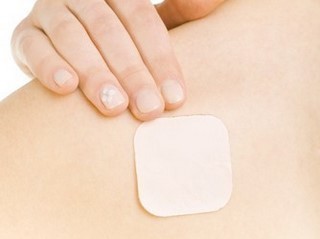Phosphagenics working on topical opioid patch

Phosphagenics (ASX:POH) will bring a new product to trials after preclinical research showed oxycodone delivered with its TPM tech can provide pain relief without entering the blood.
Phosphagenics (ASX:POH) has expanded its pain patch portfolio to include an oxycodone-based patch designed for local pain relief without the opioid entering the bloodstream.
The company said preclinical studies of the underlying technology used in the oxycodone pain patches it has under clinical development demonstrated an ability to reduce local pain through topical administration.
Phosphagenics is now planning to commence clinical trials of a similar version of the patch in the third quarter.
Phosphagenics’ pain patches use its TPM (targeted penetration matrix) drug delivery technology, which allows molecules to be delivered either into the skin or through the skin into the bloodstream. The preclinical trial involved a formulation designed to deliver oxycodone into the skin only.
The study in a pain model shows that the formulation reduced pain, worked rapidly and did not seep through into the bloodstream.
Phosphagenics CEO Dr Esra Ogru said the potential market for a topically administered opioid was large.
“Delivering a powerful opioid like oxycodone topically has never been achieved commercially,” he said. “It has been widely assumed that opioids can only treat pain ... via the bloodstream. Our study confirms more recent findings that opioid receptors are up-regulated in tissue in response to pain, particularly pain associated with inflammation.”
Ogru said a topical opioid product could eliminate the side effects associated with oral delivery and could be suitable for a number of hard-to-treat pain types such as diabetic neuropathy.
Phosphagenics is also currently conducting a clinical trial of a pain patch that uses its TPM technology to deliver oxymorphone.
Phosphagenics (ASX:POH) shares were trading 6.9% higher at 15.5 cents as of around 1:30 pm on Wednesday.
Oxygen deprivation may contribute to male infertility
Medical conditions that deprive the testes of oxygen, such as sleep apnoea, may be contributing...
Childhood epilepsy may lead to memory disorders later in life
Individuals who had childhood epilepsy have an increased accumulation of brain amyloid later in...
Milestone as mouse with two fathers reaches adulthood
Stem cell scientists have successfully used embryonic stem cell engineering to create a...



